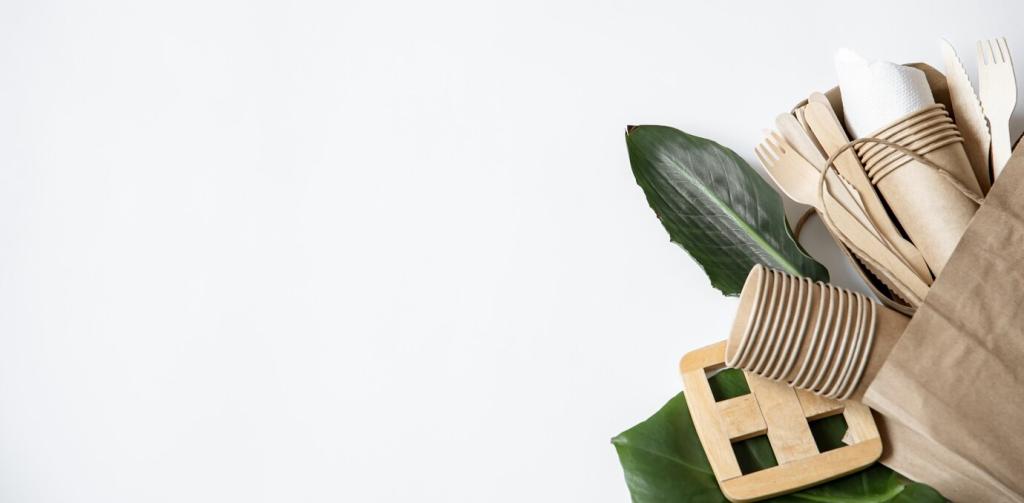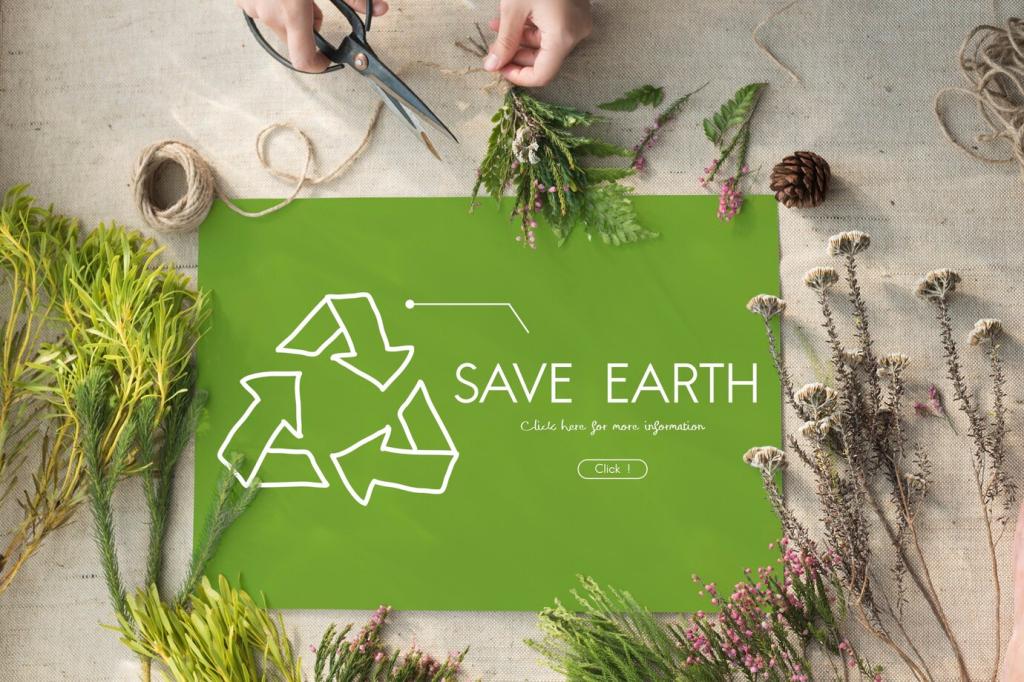Upcycled Furniture in Eco-Interior Design: Crafting Character with Conscience
Chosen theme: Upcycled Furniture in Eco-Interior Design. Welcome to a home where materials get second chances and rooms gain soul. Together, we’ll rethink waste, celebrate patina, and design spaces that feel personal, planet-friendly, and irresistibly livable—subscribe and add your voice.
Embodied carbon and resource savings
Reusing a well-built piece avoids the hefty emissions of manufacturing new furniture, from logging and mining to transport and packaging. Upcycling reshapes materials already in circulation, reducing landfill waste while preserving forests, metals, and energy for future generations.
Healthier indoor air with safer finishes
Many new pieces off-gas VOCs, but upcycled furniture can be sealed with low-VOC or zero-VOC finishes like water-based polyurethane, milk paint, or shellac. Combined with good ventilation, your rooms smell fresher and your lungs breathe easier every single day.
Sourcing Treasure: Where to Find Pieces Worth Saving
Arrive early, bring measurements, and keep an open mind. Architectural salvage shops hide solid-wood gems, while charity stores and estate auctions offer sturdy classics. Ask about backroom inventory, and set alerts on local marketplaces to catch deals quickly.
Sourcing Treasure: Where to Find Pieces Worth Saving
Look for solid wood or high-grade plywood instead of flimsy particleboard. Test joints for wobble, inspect drawer construction, and check veneer thickness. Ask yourself, “Can this be repaired?” Durable bones matter more than surface scratches or an outdated finish.


Designing with Intent: Cohesion in Eco-Interior Schemes
Combine swatches, textures, and reference photos to guide your upcycle. Measure twice, sketch once, and tape outlines on the floor to understand scale. A balanced silhouette ensures your revived piece complements circulation paths and neighboring furniture perfectly.
Let nature lead. Pair reclaimed timber with leafy plants, wool rugs, and linen curtains. Echo stone, clay, and limewashed walls. Choose finishes that highlight grain rather than smother it, allowing sunlight to dance across textures and deliver calm, grounded warmth.
Use low-VOC stains, washes, or pigment-rich milk paints to enhance patina without erasing history. Color-drench smaller pieces for impact, or keep a neutral base with contrasting hardware. Share your palette experiments in the comments to inspire fellow readers’ next projects.
Hands-On Techniques for Safe, Durable Upcycles
Preparation is sustainability
Thorough cleaning reduces sanding and waste. Use gentle soap, rinse carefully, and test unknown finishes. If the item might contain lead paint, use a test kit, wear protective gear, and choose wet-sanding or scraping with proper containment to capture dust safely.

Real-Home Stories and Style Translations
Scandinavian calm from a battered chest
We rescued a dented pine chest for a hallway. After soft white milk paint, new oak pulls, and beeswax, it became serene storage. The wood grain peeks through like winter sunlight—minimal, warm, and quietly confident. Drop your minimalist makeover tips below.
Industrial edge with shipping pallets
A bar cart built from heat-treated pallets (always verify “HT” stamps, avoid “MB”) combines steel casters with sealed boards. Matte black hardware and a reclaimed pipe handle deliver grit and charm. It’s party-ready, sturdy, and a conversation starter about ethical materials.
Boho joy from mismatched chairs
Four thrifted chairs, each unique, became a joyful set through a cohesive palette and woven rush seats. Layered textiles, plants, and vintage glassware amplified the energy. Post your most colorful pairing ideas—our readers love daring combos that still feel inviting.
